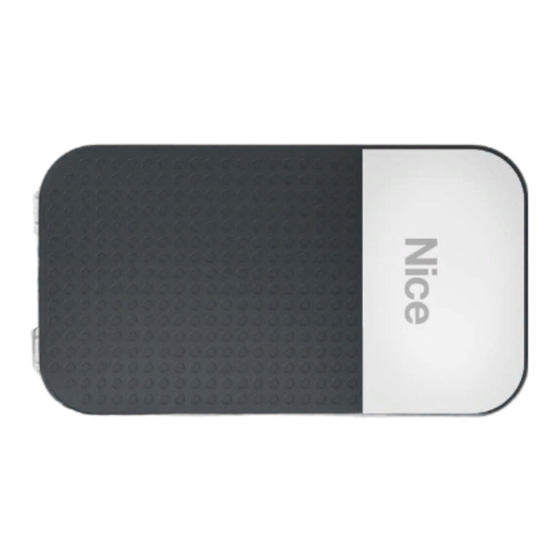
Nice SPIDO Instructions And Warnings For Installation And Use
Gearmotor for garage door
Hide thumbs
Also See for SPIDO:
- Manual (78 pages) ,
- Instructions and warnings for the fitter (9 pages) ,
- Quick start manual (2 pages)
















Need help?
Do you have a question about the SPIDO and is the answer not in the manual?
Questions and answers
Добрый день, как подключить GCM блок к двигателю NICE